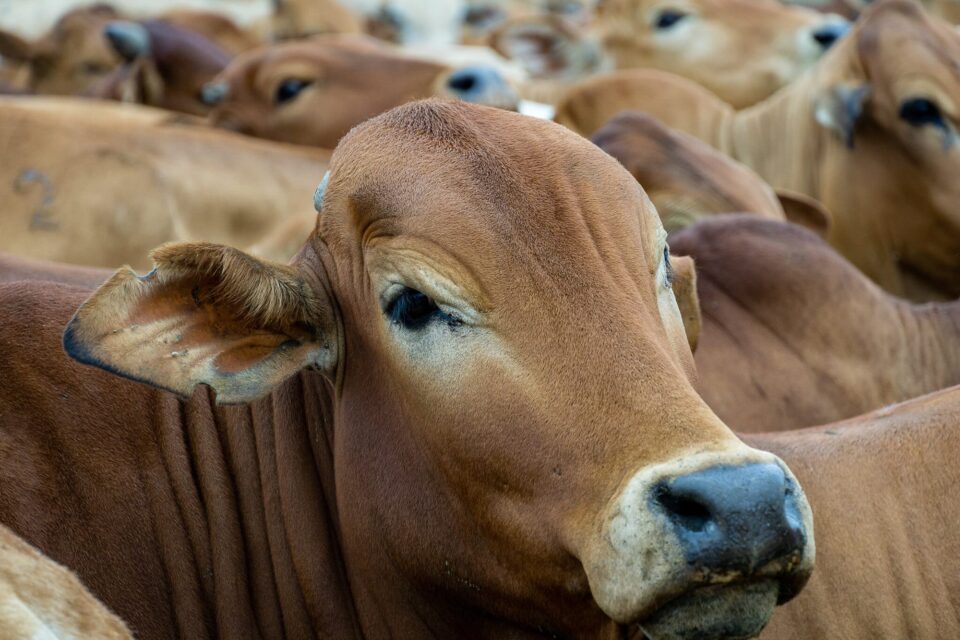Smallholder livestock farmers are important in food security agenda because of the seemingly everlasting issue of food insecurity and the livelihoods in sub-Sahara Africa.
Most of these farmers who belong to pastoralist communities live within the arid and semi-arid lands (ASAL) where there are big tracts of land with communal grazing areas and water sources for their farming practice.
In East Africa region, the story of communal use of land for livestock farming has long histories that date back past the colonial era.
In Kenya for instance, from the colonial period, pastoralism which is practiced in communal grazing lands was misunderstood.
In fact, the colonial government implemented land policies such as the East African Royal Commission 1953-1955 and the Swynnerton Plan of 1954, which advocated for individualisation and privatisation of land tenure in the view of pastoralism as retrogressive and inefficient.
Instead, private land tenure was seen as the best form of promoting investment and improving productivity, the idea and policy which was picked up by post-independence government and further, the Lawrence Report of 1966 recommended privatisation of land in pastoral areas.
And therefore, with support from donors, the government in the 1960s and 1970s established group ranches starting in the now Kajiado County, before spreading out to other Maasai lands.
Despite the establishment of group ranches, the communities used customary laws to manage their ancestral land and continue with communal grazing practices.
Today, 67 per cent of land in Kenya is under communal tenure and supports about 10 million people and 70 per cent of the livestock population.
Other East Africa countries
According to Tanzania Livestock Master Plan (2017/2018 – 2021/2022, the country which produces about 493,000 metric tonnes of red meat (by year 2016/2017) has most of this produce (97%) come from pastoral and agro-pastoral communities.
May 2012 case study of Chololo village in communal grazing land of semi-arid central Tanzania indicates that the village of Dodoma Municipal District which also lies under and within the extensive mountain ranges where communal grazing is dominant, practices livestock communal farming on a continuous basis often throughout the year.
Indeed, the village which sits on a total area of 6,397.25 ha has its 5,334.37 ha (83.38%) under communal grazing land.
In Rwanda, it is only the water points themselves remaining under communal, with access open to all, but the land surrounding them is, thus, increasingly being privatised.
On the other hand, communal grazing land has long been a staple of the agro-pastoral livelihood system in Uganda, and most communities have probably had communal grazing at some point according to a 16 Oct 2017 survey by Maia Call and Pamela Jagger published by the International Journal of the Commons.
However, only land currently actively managed as communal grazing land was reported as such in the survey.
Policies around communal lands for livestock farming
Some of the policies that the governments put in place to regulate livestock farming in communal areas, in many cases, have not succeeded as expected.
For instance, in Kenya, when the government came up with formation of group ranches the pastoral communities did not oppose it as they wanted to protect their ancestral land from “outsiders”. However, the policy was inconsistent with the communities’ cultural norms.
In the 1980s, group ranches started collapsing. The grazing controls and herd quotas envisioned by the government never materialised.
Then, where land was not adjudicated, local authorities allocated parcels to individuals for private use without consulting the community.
In Uganda, the communal areas are communally managed and may have rules and norms regarding access and withdrawal and the community members may have rights of alienation.
Challenges
Communal land usage for livestock farming has faced a number of problems from both within and external forces.
First, increasing population has led to a decline in the land available as animal herds have remained largely unchanged. There has also been an increase in fragmentation and individualisation of land tenure.
Also, communal lands have been targeted by the government, private sector and other actors for large-scale agricultural developments and public sector investments, mineral extraction and other uses.
Further external pressure such as proximity to urban areas and potential for change in land use has catalysed the collapse of communal land usage and individualisation of land tenure. Pastoralists are now facing more pressure than before on their land.
Way forward
Communal land tenure systems not only facilitate livestock farming in communal areas but also play a key role in determining the social, economic and political status of pastoral communities.
In this, researchers suggest harnessing of collective action to sustainably manage common property, contrary to longstanding approaches that without effective external regulation community members will exploit communal resources.
They have also found that social capital (shared norms, trust, and horizontal and vertical social networks), in addition to biophysical conditions and community attributes, is an important element of successful collective action.
“Maintenance of collective land tenure provides an opportunity to improve livelihoods in pastoral communities. However, this can only happen if communities’ mechanisms to manage land are strengthened,” read Maia and Pamela study in part.
One way of achieving this is by incorporating customary laws in the legal framework in addition to supporting the communities through investments in delivery of public goods such as infrastructure, schools, livestock markets and veterinary services.


